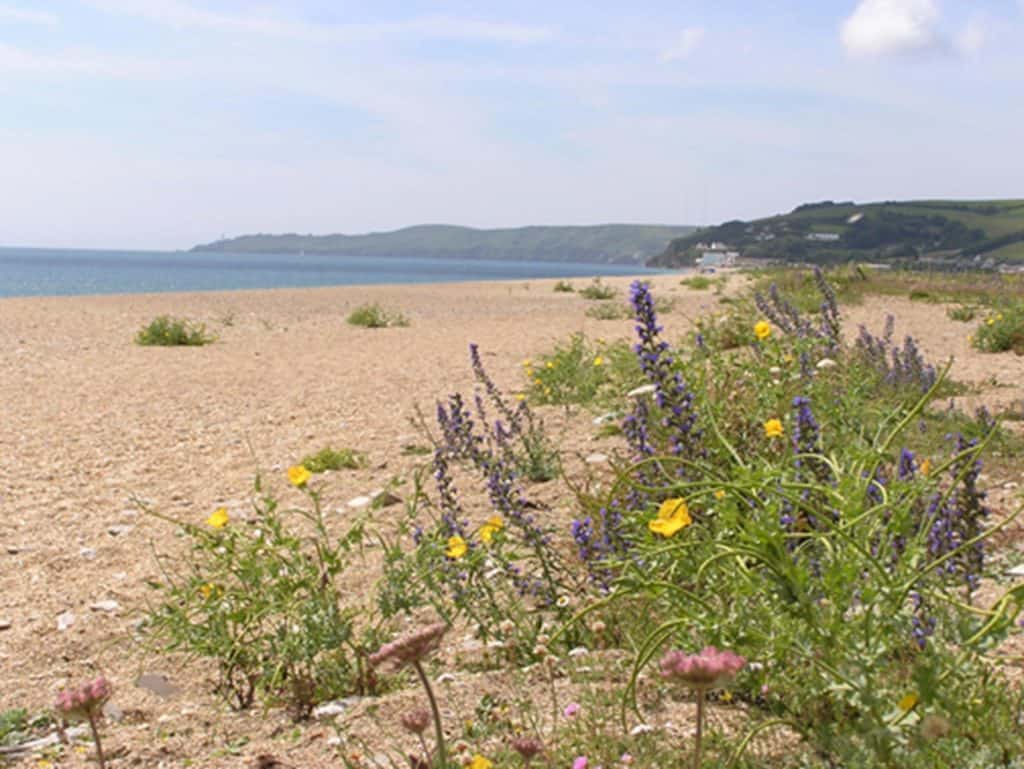Legislation and agreements, both at national and international level are important for maintaining biodiversity.
The International Union for the Conservation of Nature (IUCN) is the world’s oldest and largest global environmental organisation, with more than 1,200 government and NGO members and almost 11,000 volunteer experts in some 160 countries.
The IUCN Red List of Threatened Species provides taxonomic, conservation status and distribution information on globally evaluated plants, fungi and animals. To date more than 76,000 species have been assessed and given a global conservation status e.g. Threatened, Vulnerable, Critically Endangered. The work is nowhere near complete, however, and the goal is to more than double the number of species to 160,000 by 2020.
The Convention on International Trade in Endangered Species (CITES) is an international agreement between governments which aims to ensure that international trade in specimens of wild animals and plants does not threaten their survival. Drafted in 1963, CITES is one the conservation agreements with the largest membership, now standing at 181 parties.
The Convention on Biological Diversity (CBD) is an international treaty, signed by 150 countries, to develop national strategies for the conservation and sustainable use of biological diversity – covering ecosystems, species and genetic resources. It was signed at the United Nations Conference on Environment and Development or ‘Rio Earth Summit’ in 1992.
The UK Biodiversity Action Plan (BAP), published in 1994, is UK governments response to the CBD. The UK was the first country to produce a national biodiversity action plan, which describes the biological resources of the UK and provides detailed plans for conservation of these resources. This was replaced in 2012 by the UK Post-2010 Biodiversity Framework.
Case study: Coastal Vegetated Shingle, Slapton Ley National Nature Reserve
Coastal vegetated shingle is one of 65 Habitats of Principal Importance in England, those identified as being the most threatened and requiring conservation action. Shingle habitats are characterised by the presence of specialised plants adapted to survive in harsh coastal conditions where lack of fresh water and nutrients are compounded by strong winds and the impact of waves. They are also particularly important for invertebrates and for some breeding and roosting birds. Shingle that is sufficiently stable to support perennial vegetation is a comparatively rare feature in the UK.
At Slapton Ley, the habitat is under increasing threat from rising sea levels and coastal squeeze, which can affect both the area of the habitat and the composition of the plant community. The main threat however is from trampling as the South West Coast Path runs directly through the habitat. Exclosure plots have been established to protect some areas from human disturbance and allow the effect of trampling to be studied by allowing a direct comparison between disturbed and undisturbed habitats.


Secondary and Further Education Courses
Set your students up for success with our secondary school trips and courses. Offering excellent first hand experiences for your students, all linked to the curriculum.
Group Leader and Teacher Training
Centre-based and digital courses for teachers
Experiences for Young People
Do you enjoy the natural world and being outdoors? Opportunities for Young People aged 16-25.
